From zero to infinity
1990/07/01 Barandiaran, Mariaje | Irazabalbeitia, Inaki - kimikaria eta zientzia-dibulgatzaileaElhuyar Fundazioa Iturria: Elhuyar aldizkaria
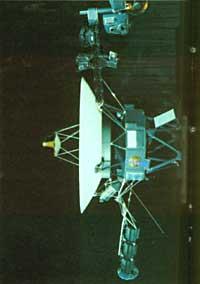
The Voyager space probe weighs 8,000 kg. The visible antenna at the top is a communication antenna that has had undeniable importance in the success of the mission. Each probe has incorporated 11 different analysis tools. The probe force has been supplied by 3 small nuclear reactors.
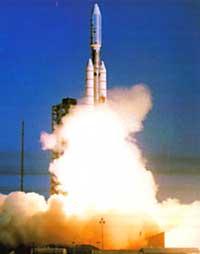
Voyager 1 of the image released on September 5, 1977. His twin brother was released fifteen days earlier.
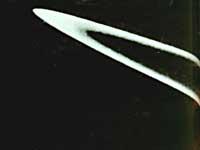
Rings of Jupiter. In this photo taken by Voyager 1 you can see the rings. Photograph taken by Voyager 1 in 1979.
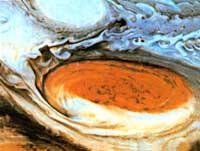
Jupiter's Great Red Spot is one of the most spectacular atmospheric phenomena in our system. Scientists believe that this stain three times greater than Earth is a huge storm. This photo highlights the color.
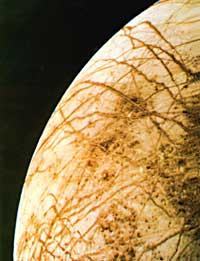
The four largest satellites of Jupiter (Ganimide, Europe, Io and Callisto) were discovered by Galileo through its own telescope. That is why they are called Galilean satellites. In the picture the smooth European surface.
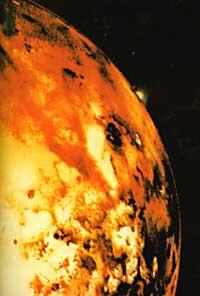
Io has the largest volcanoes in the solar system. In the image you can see the explosion of one of them on the edge of the planet as a bright spot.
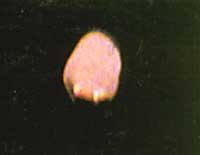
Amaltea, the most intimate satellite of Jupiter.
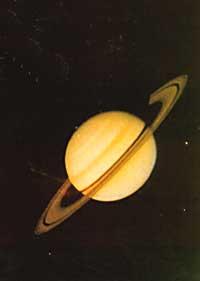
Favorite child of the solar system, Saturn. The bright dots are the satellites Dione, Tetis and Entzelade. It has a total of 15 satellites. Photograph taken by Voyager 1 in 1980.
Neptune also has a turbulent atmosphere. The image shows the Great Dark Spot.
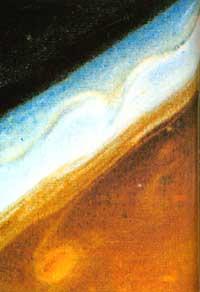
As in the case of Jupiter, Saturn's atmosphere is very turbulent. It is also very compact and consists mainly of helium and hydrogen.
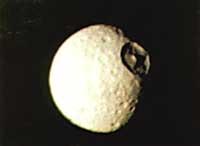
Mimas is full of craters. What is at the top of the satellite is the highlight of all.
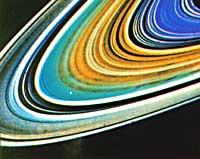
Saturn's rings are made up of eleven rings. Color changes indicate that they have different chemical components.
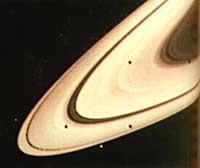
New moons discovered by Voyager 1 floating over the rings.
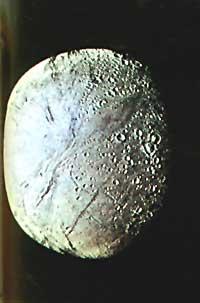
Holm oaks 500 km in diameter
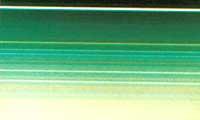
Uranus also has rings, although they do not match the beauty of its rings. It has a total of rings.
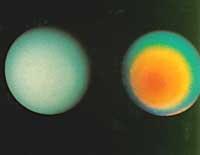
Uranus is a blue planet. The color of the image on the left is false. It has five satellites: Miranda, Ariel, Titania, Umbriel and Oberón. Photograph taken in 1986.
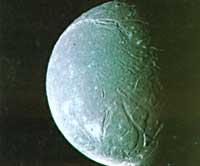
Torn surface of Ariel.
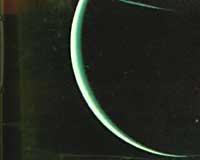
Voyager 2 Greeting Uranus.
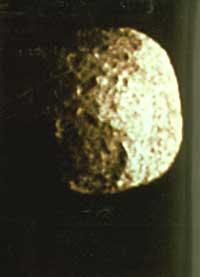
1989 N1, new satellite discovered by Voyager 2.
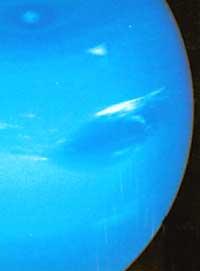
Neptune also has a turbulent atmosphere. The image shows the Great Taint.

Surface of the Pluto satellite.
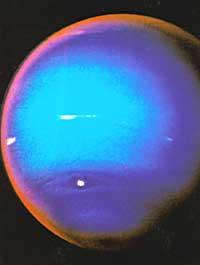
In 1989 he arrived at Neptune Voyager 2. False color image.
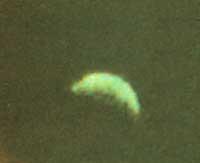
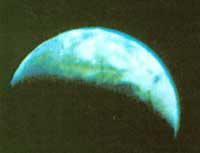

Gai honi buruzko eduki gehiago
Elhuyarrek garatutako teknologia




